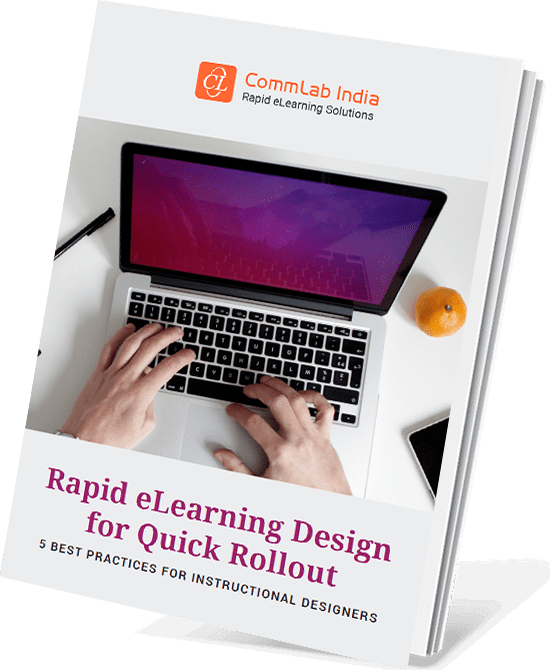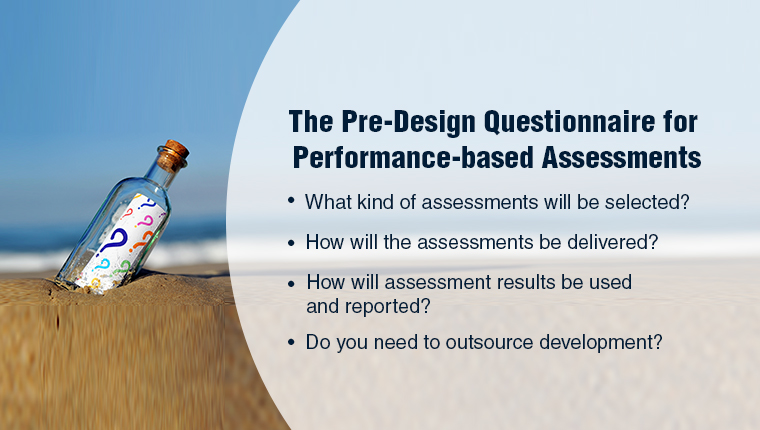Why Use eLearning for Training Employees on Complex Processes

Business processes are a series of steps which must be executed in the right way to achieve business goals. Every organization, as part of its operations, follows internal processes for its daily functioning which will also be specific to it. Employees must know how to execute these processes pertaining to their job so that the organization moves forward.
→ Download Now: Rapid eLearning Design for Quick Rollout
As a training manager, you are well aware that every employee has to learn a set of processes that are tedious or difficult to follow. For instance, a sales rep has to learn how to feed in detail in a CRM or when a new software is introduced. There are certain problems inherent to process training which include the regular introduction of new features that will require another round of training or new updates that bring changes to the workflow that employees should know. Also it is necessary that your employees adopt standardized methods and systems to achieve maximum efficiency.
In the past many organizations opted for instructor led training (ILT) to provide process training to their employees. But ILT is inadequate to meet the evolving process training demands that organizations face today. With globalization and expansion of businesses internationally, it is not possible to deliver process training through ILT to a globally dispersed workforce. Moreover it is not cost effective and cannot be updated to match the rapid expansion of the organization.
This is where e-learning can come to your rescue. When compared to ILT for process training, e-learning wins hands down. Let us look at the reasons.
1. Complex processes can be communicated in a better way
E-learning can make it easy for employees to learn complex processes quickly and efficiently. Honestly, no employee would like to go through a 100-page user guide or a lengthy software manual to learn a process. In e-learning, a long process or a bulky manual can be broken down into relevant training topics. Moreover, the content can be transformed into videos or animations or screen shots to explain the steps in a process. The courses can be hosted on an Learning Management System (LMS) which helps to index them to help learners to search for topics easily. Audio explanations can be incorporated into the course to cut down on reading.
These features will lead to better learner engagement and employees are more likely to remember how to perform a complex process if they see it performed (in a video) rather than just reading about it.
2. Provides better understanding through role-based training
E-learning courses can be designed to provide step-by-step tutorials on how to execute a process; simulations can be designed to help learners practice their skills. Since the learning is self-paced, employees can go through the course as per their convenience and have the liberty to refer back to parts of the course they have not understood very well. This flexibility and simulations that allow them to practice, afford a better understanding of tasks specific to them. They have the choice to access the training that they have to do.
In addition to this, since the information is stored online, employees can access the course anytime they have a question or have to deal with a difficult situation. For training managers, it is possible to get real time feedback on the understanding of learners through online assessments.

Rapid eLearning Design for Quick Rollout
5 Best Practices for Instructional Designers
- Working Efficiently with SMEs
- Engaging Learners through Design Strategies
- Working with the Right Authoring Tools
- And More!
3. Use of animations, games and scenarios make understanding easy
The use of games and animations in the course makes the course fun and engaging. Complex processes can be better explained through graphics, animations and interactive slides and games. For instance, if you want to explain a software workflow, animated videos can explain the process with graphics and animations.
The other strategies to teach processes can be game-based learning, gamification of courses or through scenarios. Processes can be designed as games, where the learner will have to play a game that will closely resemble the process he has to follow. Gamified assessments can help the learner understand how best he has understood the process, while scenarios will help him know the right decisions to take when executing a process.
4. E-learning can be scaled up to reach wider section of learners
An e-learning course can be scaled up to meet the demands of learners located at diverse locations and can be taken by as many people as required. All of this at no additional cost. It translates to better returns as well, because the longer you use a course the more cost effective it is. For businesses with employees located in different countries, every employee can get trained on a process in the same way which helps to standardize it across the organizations. And this without the additional costs of accommodating all the employees at one place for training or organizing a training session whenever a new batch of employees are recruited.
5. Courses can be easily modified or updated
It is easier to update an e-learning course, processes keep changing and elearning courses can be modified to keep pace with the change. Updates and changes are fast and easy, since the training material is already available, you just have to make the changes and roll out the course again. Employees will have access to the latest updates and can make changes to the process immediately.
E-learning is the best alternative when you want to deliver online process training that is engaging to your employees placed at diverse locations. Complex processes can be explained better through well-designed e-learning courses. This option is your best bet when it comes to process training.





